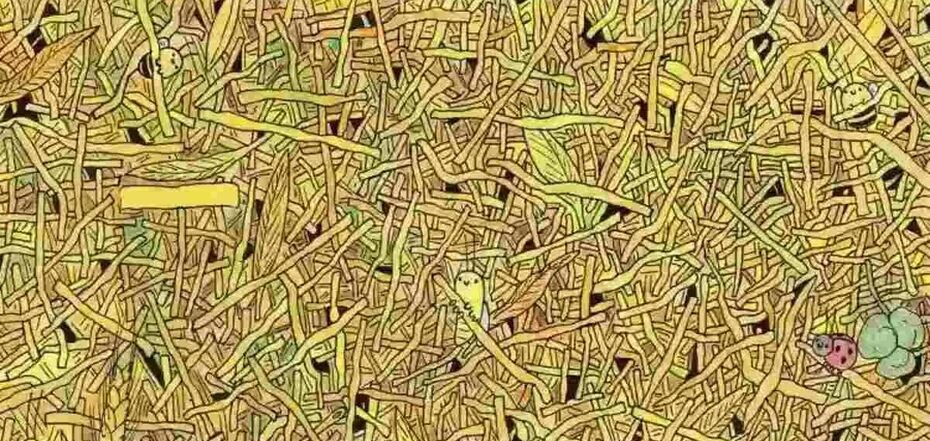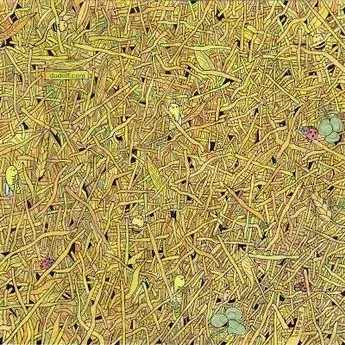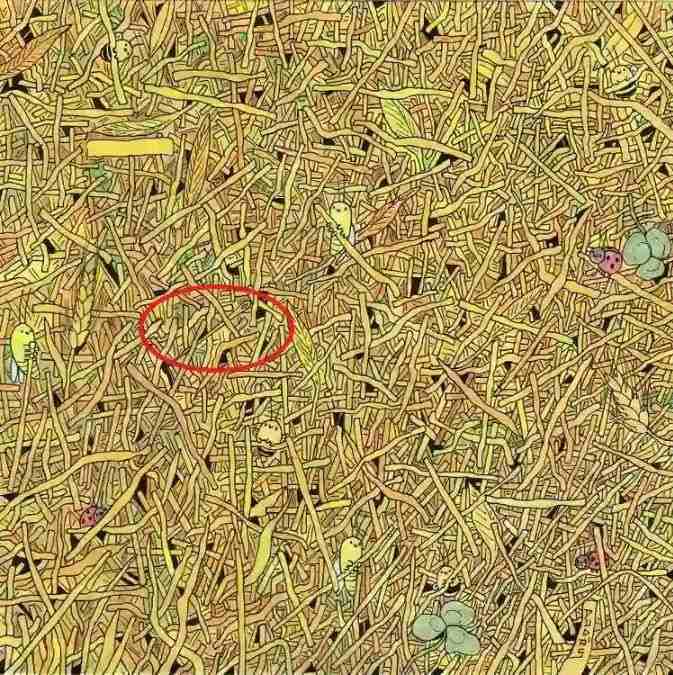News
Find a needle in a haystack: a quick mindfulness puzzle
Tasks that require finding an object, such as this one, help train attention to detail, build confidence, and improve visual perception. They also add an element of fun and competition, especially when done with friends or family.
The origin of the expression "needle in a haystack" dates back to the 1600s and was first mentioned in the Spanish novel Don Quixote by Miguel de Cervantes. This phrase describes an extremely difficult task that is almost impossible to complete, according to Jagran Josh.
Try to solve the puzzle by Hungarian artist Gergely Dudás and find the needle in the hay. This task can be turned into a competition with friends or family to see who can find the object first.
Benefits of puzzles
Solving such problems stimulates lateral thinking, a creative approach to problem solving that helps you look at a situation from a different angle. This type of thinking differs from the usual analytical approaches, for example, when solving math problems.
How puzzles affect the brain
Our brains have the ability to change under the influence of new stimuli thanks to neuroplasticity. If we constantly challenge it, it remains active and capable of learning, while the lack of new tasks contributes to the loss of cognitive abilities.
Mental exercises, such as puzzles, help to maintain mental sharpness and cognitive activity. They help to avoid the degradation of neural connections that occurs due to a lack of new challenges and experiences.
If you have solved the task, you have good attention to detail, but if not, here is the answer.
Subscribe to OBOZ.UA on Telegram and Viber channels to keep up with the latest events.





























